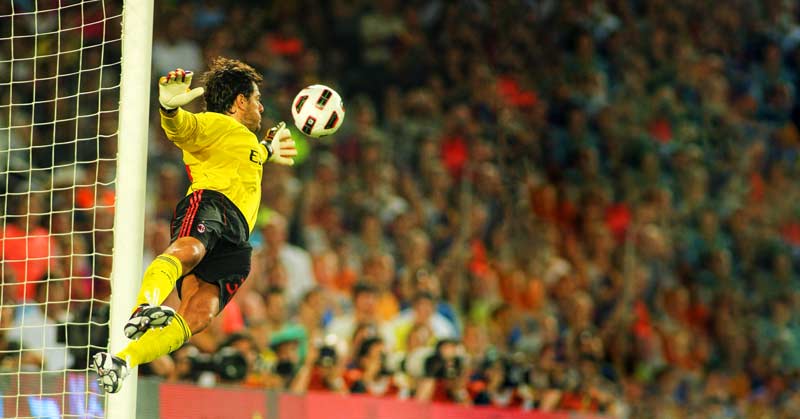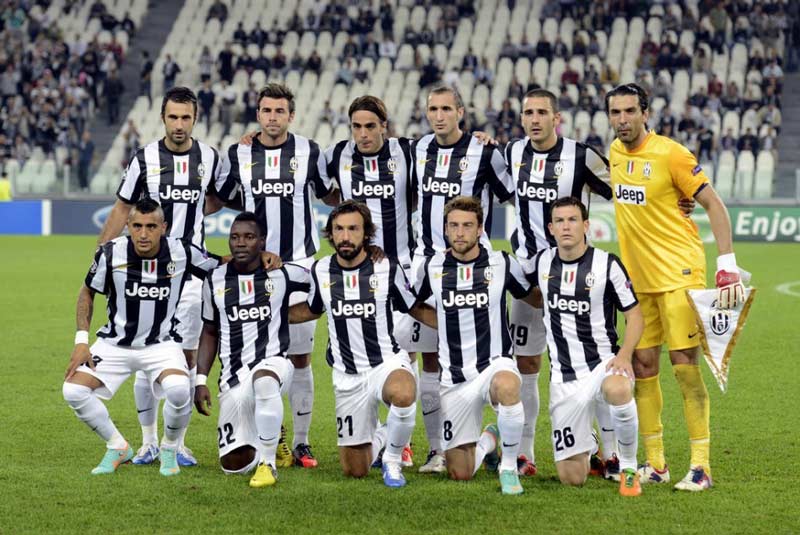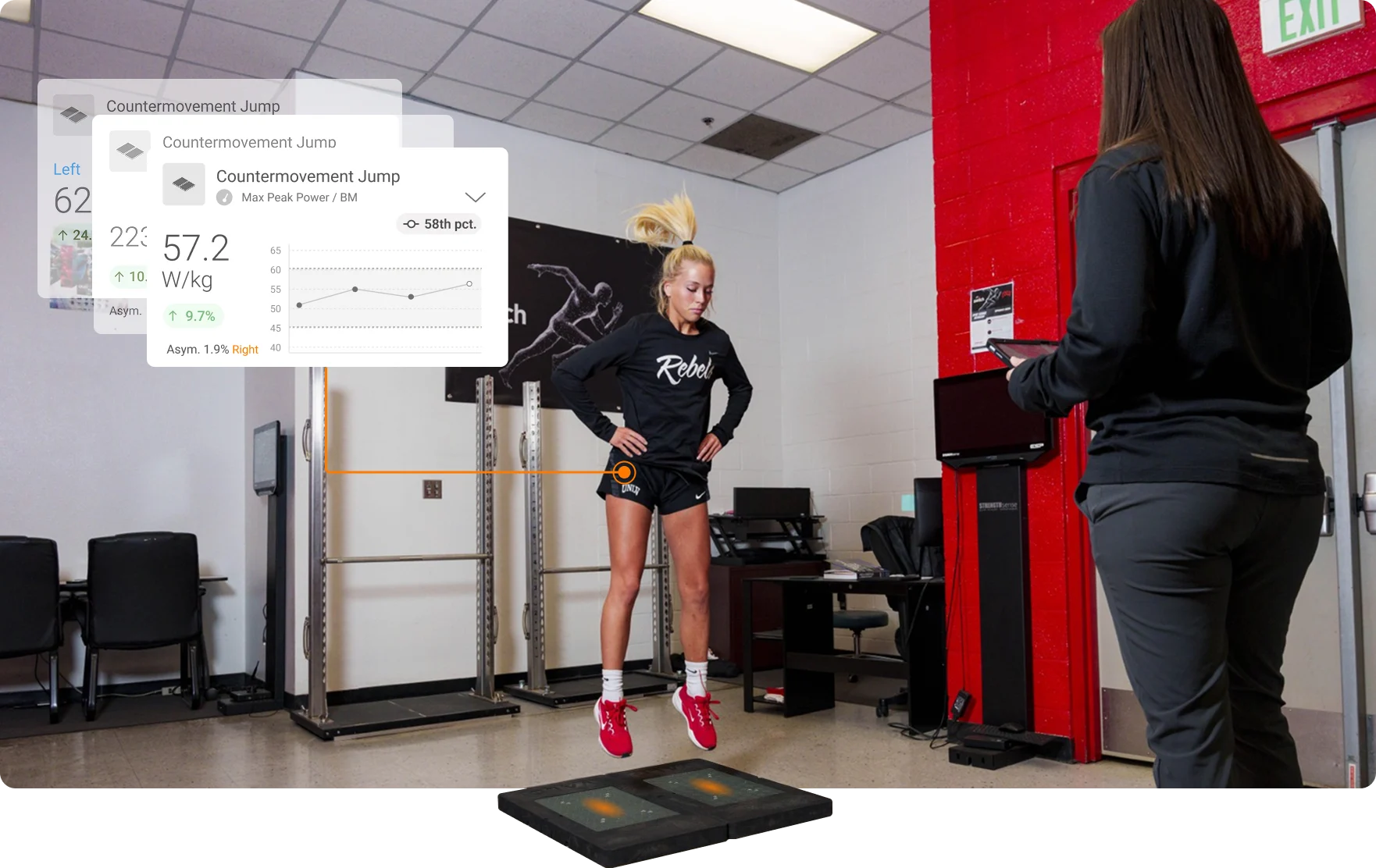
Football—sorry, soccer (that word always sticks in the throat) —is the global game. It is the most popular sport in the world, with genuine global appeal. Everyone stops for the World Cup, and it is estimated that 600-700 million people watch the World Cup final.
When I was growing up, I wanted to be a footballer, but it turned out that I’m a bit crap at football. So, instead, I decided to combine my natural affinity for science-based subjects at school with my passion for sport. I studied sports science, and ultimately became a strength and conditioning coach. If asked as I was completing my education, I would have described my dream job as being a sports scientist for the famous Rangers Football Club of Glasgow, Scotland. What could be better than training the players of the team you idolised as a child, taking them through warmups on match day, and having a front-row seat in the dugout on match day?
In my short career as a strength coach, I have worked in football and rugby, and I currently work with Olympic and international athletes in athletics, rowing, and squash. I seem to have moved away from football in recent years. This was not a conscious decision. However, it was a conscious decision to seek out opportunities to work with athletes at increasingly higher levels of performance, and in sports and environments where physical preparation, the application of science, and the applied knowledge of best practices were at the forefront of athletic development.
This opening preamble sets the scene for the reason why, just today, I was once again dismayed to see another “strength” training video from the world of elite football. (Actually, the video is two to three months old, but it only just made its way onto my social media radar tonight.)

The Need for Better Training in Football
I assume that the majority of readers are based in North America and, therefore, are not perhaps familiar with the Juventus Football Club. Juve, also known as The Old Lady ([La] Vecchia Signora) is the most successful team in Italian football and one of the most successful teams in European—and, therefore, basically World—football. The team is the elite of the elite and crème de la crème, when it comes to the realm of football. Their black-and-white-striped kit is instantly recognisable and unmistakable.
Aspiring coaches, sports scientists, and players would eagerly seek out and follow the example they set: “If it’s good enough for footballing superstars like Gianluigi Buffon and Gonzalo Higuaín, then it’s what I must be doing.” It is quite frustrating, therefore, to once again see such seemingly low-level training being promoted by the elite of world football.
Video 1: Juventus Football Club players participate in a group workout labelled as “At work in the gym.” However, the exercises shown in the video are extremely low-level training exercises more often used in warmups. Football teams need to stop promoting these types of exercises as serious strength training techniques.
And this is not the first time that football has let itself down in such a fashion. My mind immediately jumps back to the famous videos of Atletico Madrid, the finalist in the Champions League (European football’s premier competition) in two out of the last three seasons.
Football appears unwilling to join the modern world of athletic development. Football is a special sport, where athletes apparently do not need to develop basic levels of strength and power.
This is not a war cry for football to take on an exclusively powerlifting or Olympic weightlifting focus. But dressing up an overly elaborate warmup as “functional” strength training is blasphemous to a strength and conditioning coach who loves the “beautiful game.”
There is nothing wrong with many of the exercises in the video. I have used lots of them in warmups, as part of an injury rehabilitation or prevention work. But after a few suspension trainer rows, some hip mobility, and some planks, you can be sure my athletes will then go and do some actual training.
Many knowledgeable strength coaches, sports coaches, and personal trainers are now fully aware of the “con” that is functional training. Any training that improves an athlete’s ability to compete in their sport is functional. So, despite the message first preached by functional gurus, squats, bench presses, and any other barbell exercises are very often functional.
Functional training is the “Emperor’s New Clothes” of training. Everyone knows it’s bullshit, but they don’t want to point it out for fear of being outcast by their kind and/or the gurus. So, they all carry on pretending they can see the “functional” benefits. The big issue with a lot of these so-called functional exercises is that they fail to obey a basic law of training, and that is progressive overload. If the training does not stress the athlete beyond their current capabilities, then there is no stimulus for the body to adapt and improve.
Training must include progressive overload in order for the body to adapt and improve. Share on XAs previously stated, the exercises demonstrated by the Juve players and coaches are not, in and of themselves, bad or wrong. But they are insufficient to develop a world-class footballer for the demands of the game. If that is a Juve “strength” session, they may want to consider including some exercises that actually develop strength: that require their athletes to produce force and overload their neuromuscular system.
Coaches and Trainers Want to Do Serious Training
Football is the beautiful game. It is the most popular sport in the world for good reason. But, it seems to me, as a sports performance practitioner not currently operating in European football, that there are fundamental issues with its philosophies and concepts of athletic development. This problem is not pervasive throughout all of football. I know sports scientists and coaches doing excellent jobs of changing attitude and behaviours, educating, and building strong cultures. But there do appear to be issues with some of the real heavyweights of European and World football in adopting modern, effective training practices.
As an outsider looking in, I believe that the ambitious strength and conditioning coach who wants to work with the best athletes, cultures, and coaching staff, in the highest level environments, would be better off working in sports like American football, rugby, or track. The biggest clubs in European football do not seem to offer an environment for an ambitious, educated, and experienced strength and conditioning coach. There is no possibility of complete job satisfaction and professional fulfilment from having athletes perform glorified warmups and bastardised physio rehab protocols, when they could be working with a prop forward, line backer, or 200-meter sprinter, and doing some serious training.
Since you’re here…
…we have a small favor to ask. More people are reading SimpliFaster than ever, and each week we bring you compelling content from coaches, sport scientists, and physiotherapists who are devoted to building better athletes. Please take a moment to share the articles on social media, engage the authors with questions and comments below, and link to articles when appropriate if you have a blog or participate on forums of related topics. — SF




